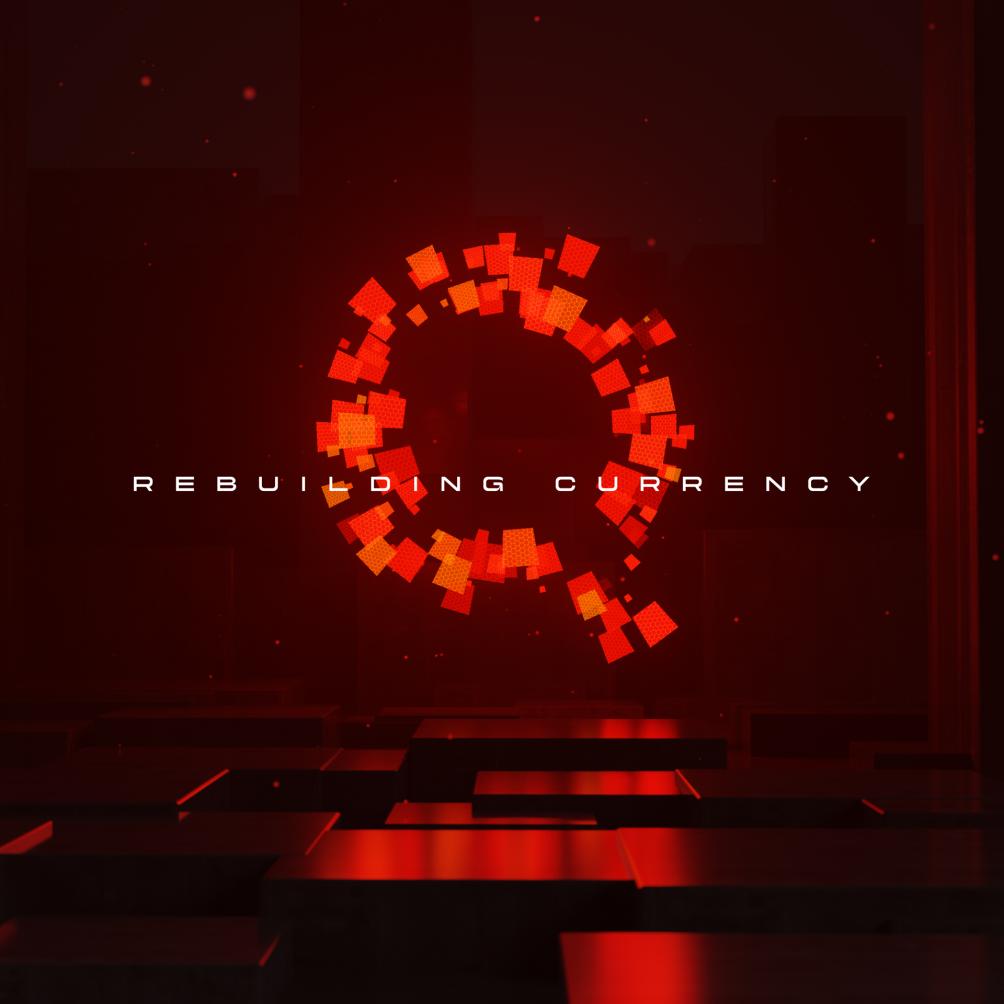
Welcome to the fifteenth edition of “This Week in Quai,” an initiative by the development company of Quai Network, Dominant Strategies. This Week in Quai offers weekly updates to the Quai Community by aggregating popular Quai quotes and social posts from the past week and offering a schedule for upcoming events.
Want to get “This Week in Quai” delivered straight to your inbox? Sign up for the Quai Newsletter by Dominant Strategies.
What is Quai?
Quai Network is a pre-launch cryptocurrency. Quai is the first blockchain protocol that is simultaneously decentralized, censorship resistant, and infinitely scalable. Quai, in contrast to traditional cryptocurrencies, functions as a network of many interoperable blockchains braided together. Due to a breakthrough discovery that occurred during research on Proof-of-Work, Quai Network utilizes a new consensus mechanism, Proof-of-Entropy-Minima (PoEM), which eliminates all consensus-based forks, and enables all Quai nodes to remain in “perpetual consensus.”
Quote of the Week
“I am going to continue to test a globally distributed set of 90+ nodes running the first fully asynchronous consensus mechanism proof-of-entropy-minima (PoEM). Work based using a hierarchy of merged mined blockchains to maintain properties of #bitcoin but with 50k TPS.”
- Quai co-founder Dr. K via Twitter (X)
This quote from Dr. K is in response to a question on how he is working to end central banking. Dr. K shares more information about the testing being conducted with Quai, specifying that there are 90+ nodes in the current test. Dr. K also reinforces the ethos that Quai is being built with, hoping to fulfill the mission of Bitcoin as decentralized, incorruptible, and uncensorable digital cash.
Technical Term of the Week
Gresham’s Law – An economic principle that states “bad money drives out good.” Gresham’s Law states that if two forms of commodity money are in circulation and both are accepted by law as having similar face value, the more valuable commodity will disappear from circulation because people will hoard it and use the less valuable commodity for everyday transactions.
Gresham’s Law is a principle of economics that our team at Dominant Strategies has studied closely, as it relates heavily to cryptocurrencies. Bitcoin, for example, is largely seen by its holders as “good money” due to its deflationary nature while the US Dollar is viewed as “bad money.” As stated by Gresham’s Law (and as can be observed in practice) individuals who view Bitcoin as “good money” and the USD as “bad money” will spend their Dollars while hoarding Bitcoin.
Crypto users being unwilling/disincentivized to spend cryptocurrency on goods and services has significant impacts on the viability of cryptocurrencies as money. Without a userbase of individuals willing to both accept and spend cryptocurrency as money, it will fail to function as a tool for commerce.
Our team at Dominant Strategies has put deep thought into what we now refer to as “Gresham’s Paradox” – the question of how to make a form of money that is simultaneously good/worth saving and bad/worth spending. We look forward to sharing our solution to Gresham’s Paradox with the release of Quai Network’s tokenomics paper.
Top Posts of the Week
- The Quai Network Twitter account was compromised on August 11th. An update has been shared on how the Dominant Strategies team is responding (the thread may display improperly on Twitter temporarily):
Upcoming Events
Quai Network Office Hours with Justin: August 22, 2023 @ 9am CST – Join Dominant Strategies team member Justin for a casual discussion/AMA on Quai Network’s technology.
Quai Network Office Hours with Max: August 24, 2023 @ 9am CST – Join Dominant Strategies team member Max for a casual discussion/AMA on Quai Network’s technology.
